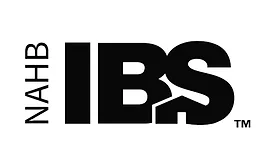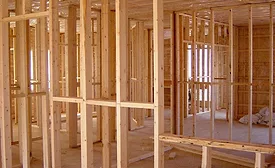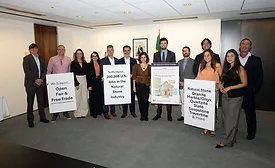Home » Keywords: » National Association of Home Builders (NAHB)
Items Tagged with 'National Association of Home Builders (NAHB)'
ARTICLES
Single-Family Housing Starts Slip in Q2 2025
Metro suburbs see biggest drop while multifamily gains in smaller markets.
September 3, 2025
Brazil Stone Sector Fights 40% U.S. Import Tariffs
Brazilian natural stone industry secures exemption for quartzite while pushing for broader relief as construction costs threaten American homebuyers
August 10, 2025
Copyright ©2025. All Rights Reserved BNP Media.
Design, CMS, Hosting & Web Development :: ePublishing
.webp?height=168&t=1729672015&width=275)






